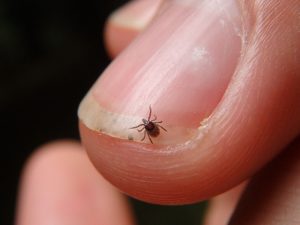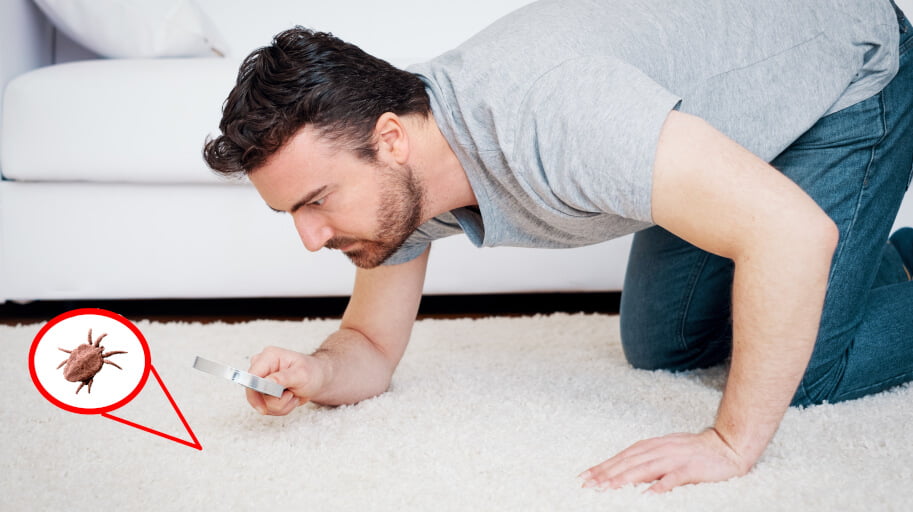Mites: Understanding Varieties and Effective Pest Control
Mites, members of the arachnid family, are ubiquitous microscopic creatures found in various environments worldwide. Despite their small size, mites encompass a diverse range of species, each with its unique characteristics and habitats. Understanding the different types of mites and implementing effective mites pest control strategy is crucial for maintaining a healthy and pest-free environment.
Dust Mites
Among the most common mites encountered in households are dust mites. These tiny arachnids thrive in warm, humid environments, particularly bedding, carpets, and upholstered furniture. Dust mites feed on dead skin cells shed by humans and pets, making them prevalent in areas where people spend a significant amount of time. Allergic reactions to dust mite allergens can manifest as asthma, eczema, or allergic rhinitis, making their removal essential for individuals sensitive to these allergens.
Bird Mites


Another type of mite commonly encountered is bird mites. These parasites primarily infest birds but can also bite humans when their avian hosts are absent. Bird mites are known for their ability to cause skin irritation and discomfort, often leading to itching and redness. Infestations may occur when birds build nests in or around buildings, leading to an influx of mites seeking alternative hosts. Eliminating bird nests and sealing entry points can help prevent bird mite infestations.
Scabies Mites
Scabies mites are responsible for causing scabies, a highly contagious skin condition characterized by intense itching and rash. These microscopic parasites burrow into the skin, where they lay eggs and trigger allergic reactions. Scabies mites spread through close personal contact, making crowded living conditions and shared bedding or clothing common transmission routes. Treatment typically involves topical medications to kill the mites and alleviate symptoms. Additionally, washing all bedding, clothing, and personal items in hot water can help prevent reinfestation.
Effective Mites Pest Control Strategies:
Preventing and removing mite infestations requires a multifaceted approach tailored to the specific type of mites present:
Maintain Cleanliness: Regular cleaning and vacuuming of carpets, upholstery, and bedding can help reduce dust mite populations. Washing bedding and curtains in hot water (above 130°F) can effectively kill dust mites and their eggs.
Reduce Humidity: Since dust mites thrive in humid environments, maintaining indoor humidity levels below 50% can help discourage their growth. Using dehumidifiers and proper ventilation in bathrooms and basements can help achieve this.
Seal Entry Points: To prevent bird mites from entering your home, seal any gaps or cracks in windows, doors, and walls. Additionally, ensure that bird nests are removed from eaves and attics to eliminate potential nesting sites.
Treat Infestations: If you suspect a scabies mite infestation, seek medical treatment promptly. Doctors may prescribe topical creams or oral medications to kill the mites and relieve symptoms. It’s also essential to wash all clothing, bedding, and personal items in hot water to prevent reinfestation.
Professional Pest Control: For severe mite infestations or persistent problems, consider hiring a professional pest control service. Pest control experts can assess the situation, identify the type of mites present, and implement targeted treatment methods to eliminate the infestation effectively.
In conclusion, mites are diverse creatures with different habits and characteristics. By understanding the types of mites present and implementing appropriate removal strategies, you can effectively mitigate infestations and create a healthier living environment for you and your family. For professional Mites Pest Control for your Home or Office, Get in touch with us.

